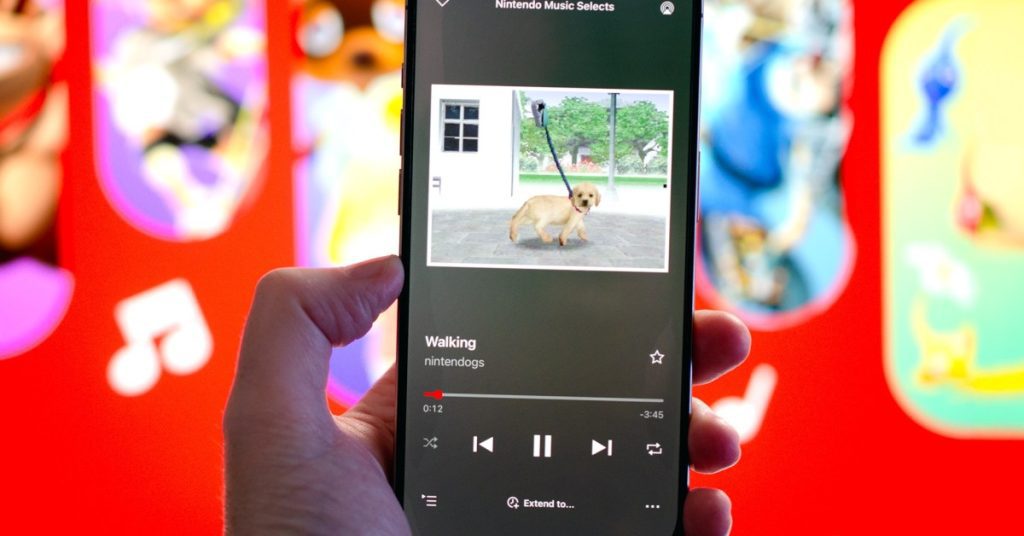Nintendo Launches New Store App for Mobile Devices
Nintendo has unveiled a new store application on both Android and iOS, allowing users to buy hardware, accessories, and games for the Switch and its upcoming version, the Switch 2. Upon opening the app menu on my phone and navigating to the N’s, I find a dedicated row for Nintendo. This row features four apps: the Switch app, the music app, the Nintendo Today news app, and now the store app. If you’re a parent, this count even rises to five with the inclusion of the Switch Parental Controls app. Overall, it feels overwhelming.
Nintendo’s Unique Approach in the Industry
Nintendo has consistently followed its own path among the major gaming companies, which has had both positive and negative consequences. Unlike Microsoft and Sony, Nintendo has been less eager to adopt industry trends. This cautious approach protects the company when such trends falter—such as when spending heavily on unsuccessful live-service games—but it also hampers Nintendo in terms of performance and user experiences. For instance, native voice chat has been standard on other consoles for years but was only introduced on Nintendo consoles with the Switch 2 this year.
The Challenge of Multiple Apps
As Nintendo rolls out these various applications, the strategy seems to be both innovative and somewhat reactionary, creating a confusing landscape for users. Is there truly a need for four distinct apps? While each serves its purpose, managing so many programs tied to my Nintendo experience feels excessive and unwieldy.
Functionality and Redundancy Across Apps
Each app has its distinct purposes: the Switch app is essential for capturing screenshots and social features, while the store is necessary for purchases. The Nintendo Today app, while not indispensable, offers useful elements like release date reminders. Additionally, the music app isn’t crucial, but it is the only way to access Nintendo’s music, which isn’t available on conventional streaming platforms.
Overlapping Features and User Experience Issues
There are also odd cases of feature overlap between the apps. For example, I can track my play activity through both the store and the console app. Furthermore, the store has a more comprehensive news section compared to Nintendo Today. Why not integrate these functionalities into a single app like PlayStation and Xbox do? This would provide a smoother transition between my screenshots and the store.
Concerns Over Music App Separation
While it’s sensible to keep the music app separate, it still feels overly complex to require a unique app for managing music from a single company. Nintendo seems protective of its intellectual property, but this has led to situations where instead of using platforms like Spotify, I’m pushed to download a separate app for their music, which requires a Nintendo Switch Online subscription. This segregation raises questions about whether it enhances subscription appeal or stems from a reluctance to pay royalties, especially since the app does not credit composers.
Nintendo’s Broader Strategy in a Competitive Market
As the gaming industry matures, companies are recognizing that they’re competing not just with each other for player attention but also against social media. While others are exploring methods like releasing their exclusive games on other platforms, Nintendo appears to be adopting a more ambitious strategy. In a recent statement, Nintendo’s president, Shuntaro Furukawa, expressed the desire for Nintendo to become a routine part of families’ everyday lives. The rollout of various products, including apps and themed merchandise, aims to achieve this, though it risks overwhelming users. If Nintendo doesn’t manage its app proliferation carefully, users may begin to clear them off their devices.



